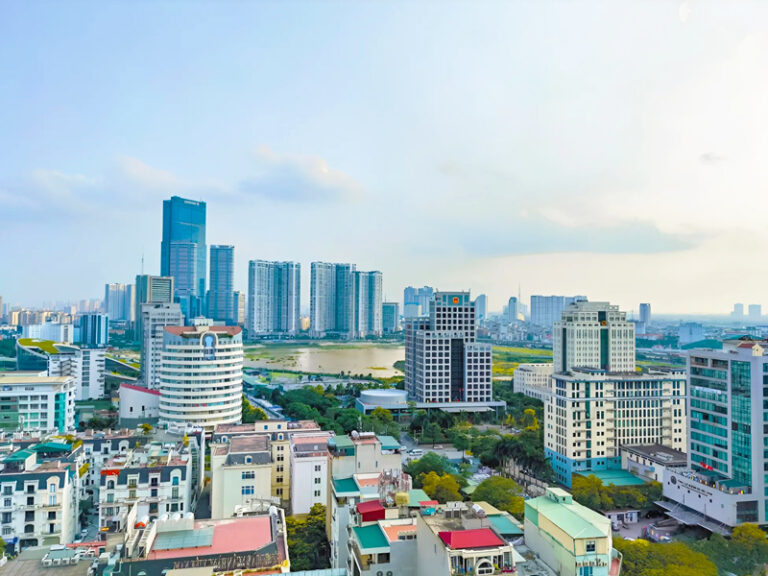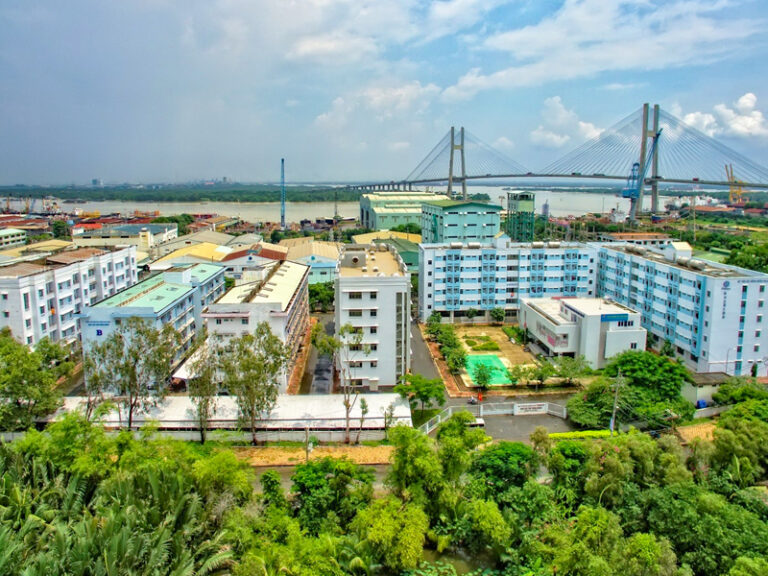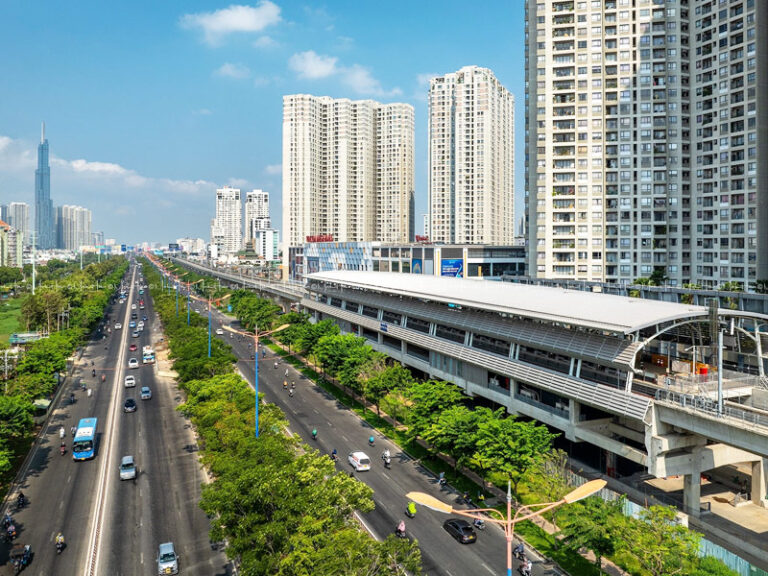Top 6 Green Building Certification Systems in Vietnam
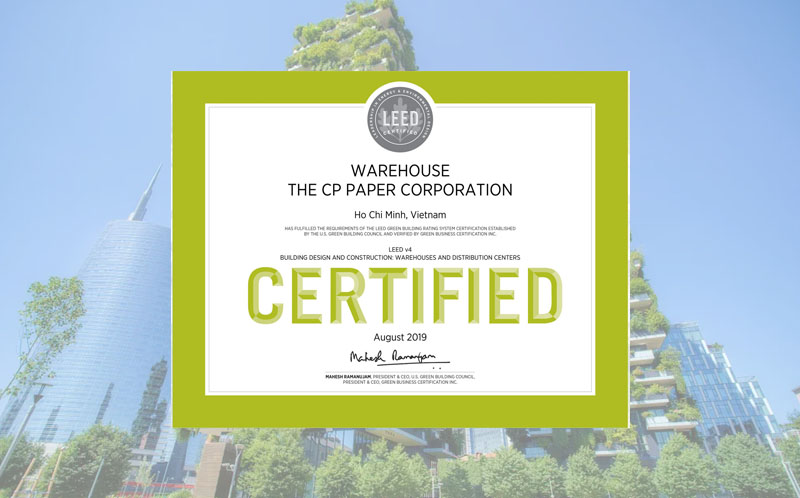
Green building certification systems are crucial standards in construction and urban development, certifying that companies meet stringent criteria for design, construction, and operation. This reflects the company’s commitment and contributes to the advancement of the green industry.
Table of Contents
1. LEED certificate
LEED (Leadership in Energy and Environmental Design) certification is currently regarded as one of the leading green building certification systems in Vietnam. Developed by the U.S. Green Building Council (USGBC), LEED promotes sustainable design and construction practices, aligning with the green development trends in Vietnam.
This certification system helps investors establish green building standards, ensuring environmental performance through criteria such as energy efficiency, water management, sustainable materials, quality living spaces, and sustainable development.
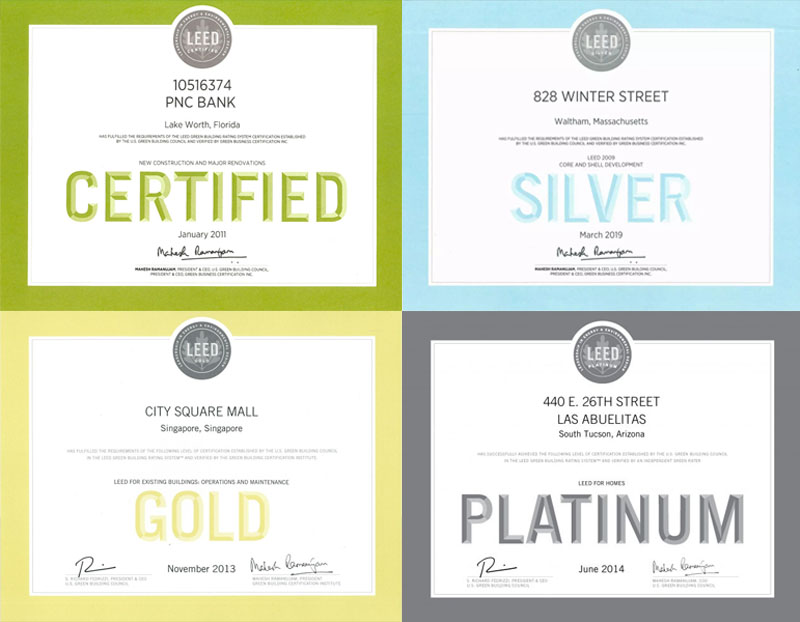
Businesses can receive LEED certification based on their achieved score, which includes the levels of LEED Certified, Silver, Gold, and Platinum. The higher the score, the greater the project’s potential for sustainable development.
Explore the LEED-certified buildings in Ho Chi Minh City now
- Onehub Saigon – LEED
- Phu My Hung Tower – LEED Gold
- UOA Tower – LEED Gold
- Etown Central Tower – LEED Gold
- The Nexus – LEED Gold
- Friendship Tower – LEED Gold
- Deutsches Haus – LEED Platinum
- Saigon Marina IFC – LEED Gold
2. WELL Certificate
The WELL Standard focuses on measuring and evaluating the impact of buildings on human health and well-being. Developed by the International WELL Building Institute (IWBI) in 2014, this certification has been applied to over 5,700 projects across 67 countries.
WELL Certified establishes ten criteria for assessing building quality, aimed at ensuring a healthy and sustainable living environment for the community, which include:
– Air – Air
– Water – Water
– Nourishment – Nourishment
– Light – Natural Light
– Sound – Sound
– Materials – Materials
– Fitness – Physical Activity
– Comfort – Comfort
– Mind – Mind
– Community – Community
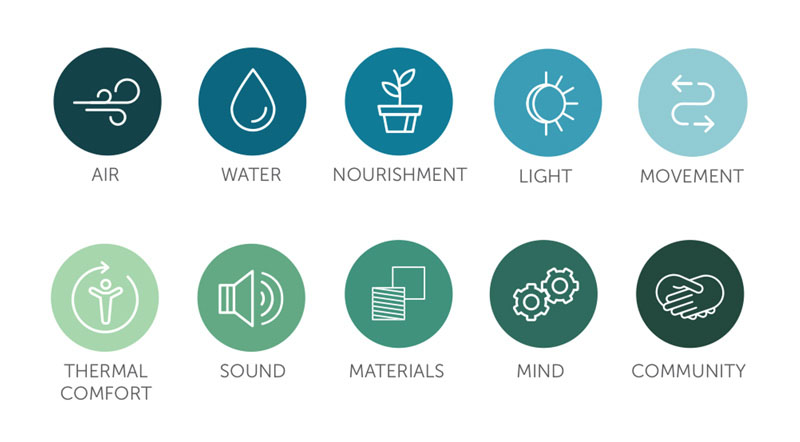
3. EDGE certification
The EDGE (Excellence in Design for Greater Efficiencies) certification is a green building certification system developed by the International Finance Corporation (IFC), part of the World Bank Group. This system promotes sustainable design and construction practices by evaluating the resource efficiency of buildings. EDGE certification focuses on three key areas: energy, water, and materials.
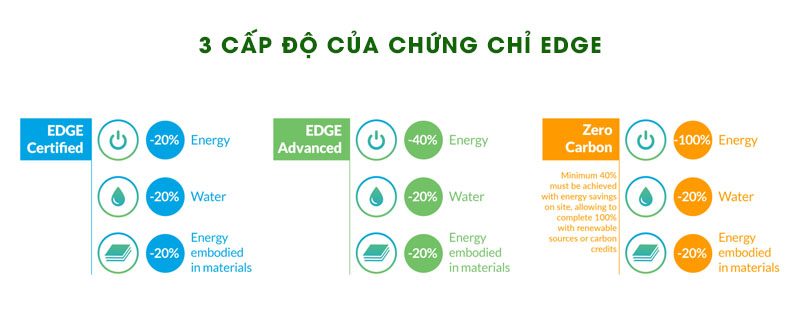
To achieve certification, a building must save at least 20% of resources compared to a reference building. The EDGE certification process utilizes an online software tool that provides recommendations for design improvements, ensuring the building meets the certification requirements.
The Nexus is one of the few buildings in Ho Chi Minh City that has achieved all three green building certifications: LEED Gold, EDGE Certified, and WELL Silver, contributing to raising the standards of office real estate in Vietnam.
4. Green Mark certification
The Green Mark certification (abbreviated as GM) is awarded by the Green Building Agency under the Ministry of National Development in Singapore. This system is similar to earlier international evaluation criteria and includes sustainable metrics such as energy efficiency, water conservation, and sustainable management.

However, the Green Mark certification has also been adapted to suit tropical climates. This certification consists of four levels: Certified, Gold, Gold Plus, and Platinum, classified based on the total points achieved by the project during the assessment process.
Discover the buildings that have received Green Mark certification in Ho Chi Minh City
- UOA Tower – BCA Green Mark
- The METT – Green Mark Gold
- The Hallmark – Green Mark Gold
5. Living Building Challenge certification
The Living Building Challenge is a certification program introduced by the U.S. Green Building Council (USGBC) in 2006, rapidly becoming one of the most rigorous standards in the field of sustainable construction. To achieve this certification, projects must meet 20 specific criteria.
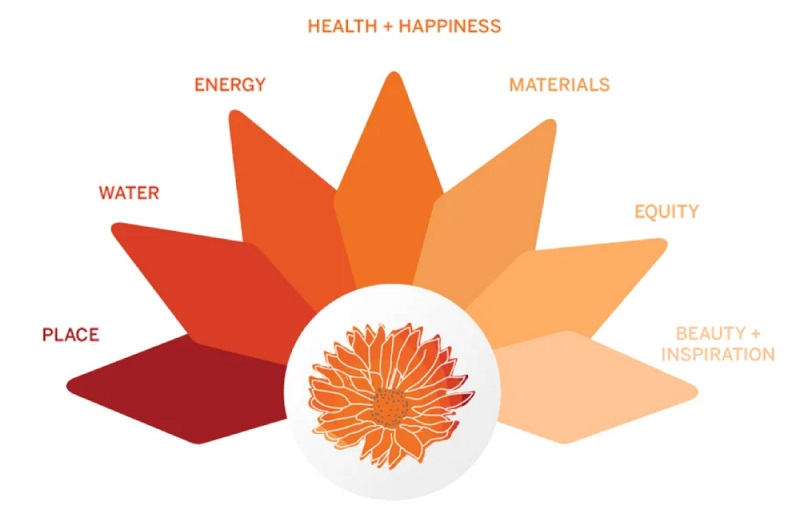
The primary goal of the Living Building Challenge is to create structures that are self-sustaining and harmonious with their surroundings, aimed at minimizing negative environmental impacts and fostering a sustainable future.
6. Green Globes green certificate
Green Globes is a green building certification program developed in Canada in 2000, and it is now also available in the United States. This program offers an online tool that enables building owners and managers to assess and enhance the sustainability of their buildings across various criteria, including energy performance, water conservation, and indoor air quality.
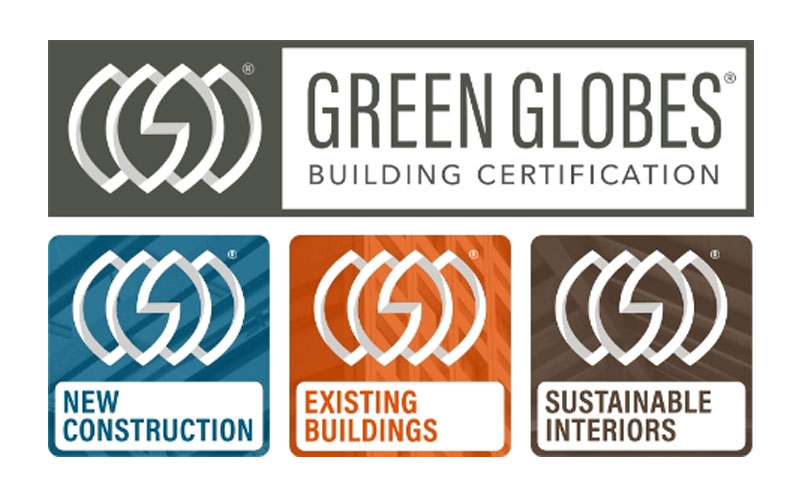
With a point-based ranking system, Green Globes offers customized guidance to achieve certification at various levels, catering to new construction, existing buildings, and major renovations while ensuring flexibility and affordability.
Green certifications play a crucial role in promoting sustainable development and enhancing quality of life. These certifications affirm a company’s commitment to environmental responsibility, ensuring resource efficiency, and thereby creating healthier living and working spaces for the community.

Editor and content team manager at Maison Office.
With over 5 years of experience in consulting and extensive content editing in the real estate services and interior design field. Sharing valuable information with customers, partners, and attracting millions of views.

